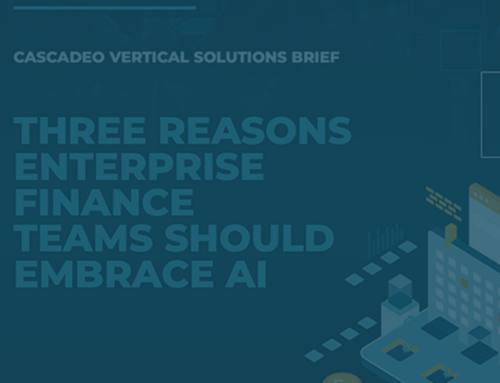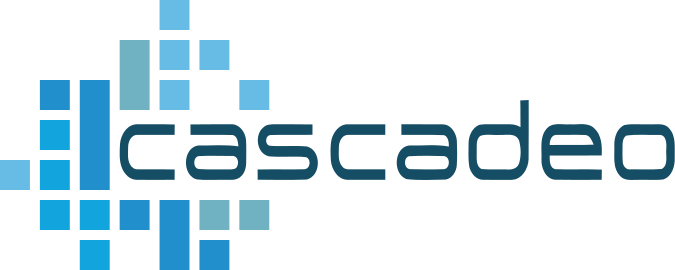
Customer comfort with AI and emerging technologies can significantly impact trust in your brand and the future of your digital portfolio. A digital ethics policy that’s clear and transparent can ease stakeholder minds in tech-anxious times.
Develop a Digital Ethics Policy to Put Your Customers and Employees at Ease
 We have rapidly entered an age of tech-induced anxiety. While ChatGPT and other generative AI tools have the capacity to make work and life easier, the tools themselves and the way they’ve been covered in a wave of thinkpieces across a variety of media have done little to calm the general public’s fear of the unknown. Companies that utilize data collection and automated processes—which is to say, everyone—need to create, implement, and communicate digital ethics standards to maintain stakeholder confidence and trust, even as those tools differ substantially from generative AI. The machines aren’t coming to replace us (yet), but without transparency about how they’re actually being used, saying so doesn’t do anyone much good.
We have rapidly entered an age of tech-induced anxiety. While ChatGPT and other generative AI tools have the capacity to make work and life easier, the tools themselves and the way they’ve been covered in a wave of thinkpieces across a variety of media have done little to calm the general public’s fear of the unknown. Companies that utilize data collection and automated processes—which is to say, everyone—need to create, implement, and communicate digital ethics standards to maintain stakeholder confidence and trust, even as those tools differ substantially from generative AI. The machines aren’t coming to replace us (yet), but without transparency about how they’re actually being used, saying so doesn’t do anyone much good.
AI is an almost inconceivably nebulous term to ordinary people. Though most of us use it every day in forms like autocorrect, predictive text, and algorithmic suggestions on Amazon or YouTube, users find it difficult to define and contextualize, thinking more of Robocop than of their Twitter feeds. And despite the fact that AI, in any form, only makes up a portion of a company’s digital landscape, the impression it leaves on customers, via the messages in the culture around us, is outsized, leading to a strong focus on AI in digital ethics fears and discussions.
The data security and privacy aspects of digital ethics have long been widespread public concerns, of course, and are routinely addressed in customer communications. For most organizations, data security has progressed from usable marketing concept to basic expectation. You simply can’t do business in the modern world without addressing security concerns upfront, and if you haven’t built a brand that inspires confidence in this basic expectation, you certainly won’t be trusted to handle opaque, difficult-to-communicate data analytics and AI functions. But we bet you’ve already overcome that basic challenge, which means it’s time to move beyond data security to a fuller consideration of digital ethics.
Planning an ethics approach that moves beyond security is a complex process that requires substantial organizational self-awareness and trust throughout your decision-making ranks. Gartner recommends organizing your planning around a hierarchy with compliance on the bottom, then building through risk, differentiation, and values. In other words, make sure you’re doing what’s required of you first, then consider how you use digital ethics to manage risk and how it can help distinguish your organization from your competitors, and finally, examine and reify your corporate and social values with a policy that aligns your digital ethics with your role in the wider world. Gartner also emphasizes avoiding checklists and instead developing a case-by-case framework everyone in your organization can use as a guiding principle when implementing and managing digital assets. In other words, the work of digital ethics is to keep the machines in service of the humans, and to maintain humanity at every operation’s core. As Deloitte puts it, “Digital adopters want technologies that aren’t harmful or abusive and are safe and error-free. There’s an opportunity to do well by doing good—pursuing digitally responsible growth strategies that build stakeholder trust.” With the great power of rapidly expanding digital opportunities comes great responsibility to use those tools humanely and communicate clearly about your guiding principles in doing so.
A digital ethics approach that builds trust both internally and with customers starts with acknowledging a few truths: AI and other emerging technologies aren’t inherently neutral arbiters that independently address inequity—they replicate the biases we carry into their use if those biases are not addressed explicitly, codifying them into structural discrimination. Rushing to realize the benefits of these tools may foster ethical breaches that are costly to address after the fact, so they must be implemented with ethics considerations taken into account upfront. And automation tools must implement and support, not fully replace, human decision-making. Once again, we return to the human aspect: Your technology portfolio must exist as an expression of your values and your relationship to your community and the world, and its ethical governance must be visible to your stakeholders updated routinely.
As with so many digital responsibilities, an ethics policy begins with deep knowledge of your own system and observability into its operations, alongside a discussion of your organizational values and how the two align. Periodic reviews of your automated functions with considerations of their outcomes must follow, along with a willingness to reconsider and adapt those functions as needed, as well as an understanding of the inherent ethical dilemmas your emerging tech tools raise, and a thoughtful approach to resolving them. How comfortable customers become with AI and other often-misunderstood technologies will depend on how leading enterprises handle these responsibilities. Customer comfort may, in turn, significantly affect future regulation, as well, determining whether governmental approaches support or hamper further advances. The future depends on responsible use of digital tools and clear communication of your digital guiding principles.




